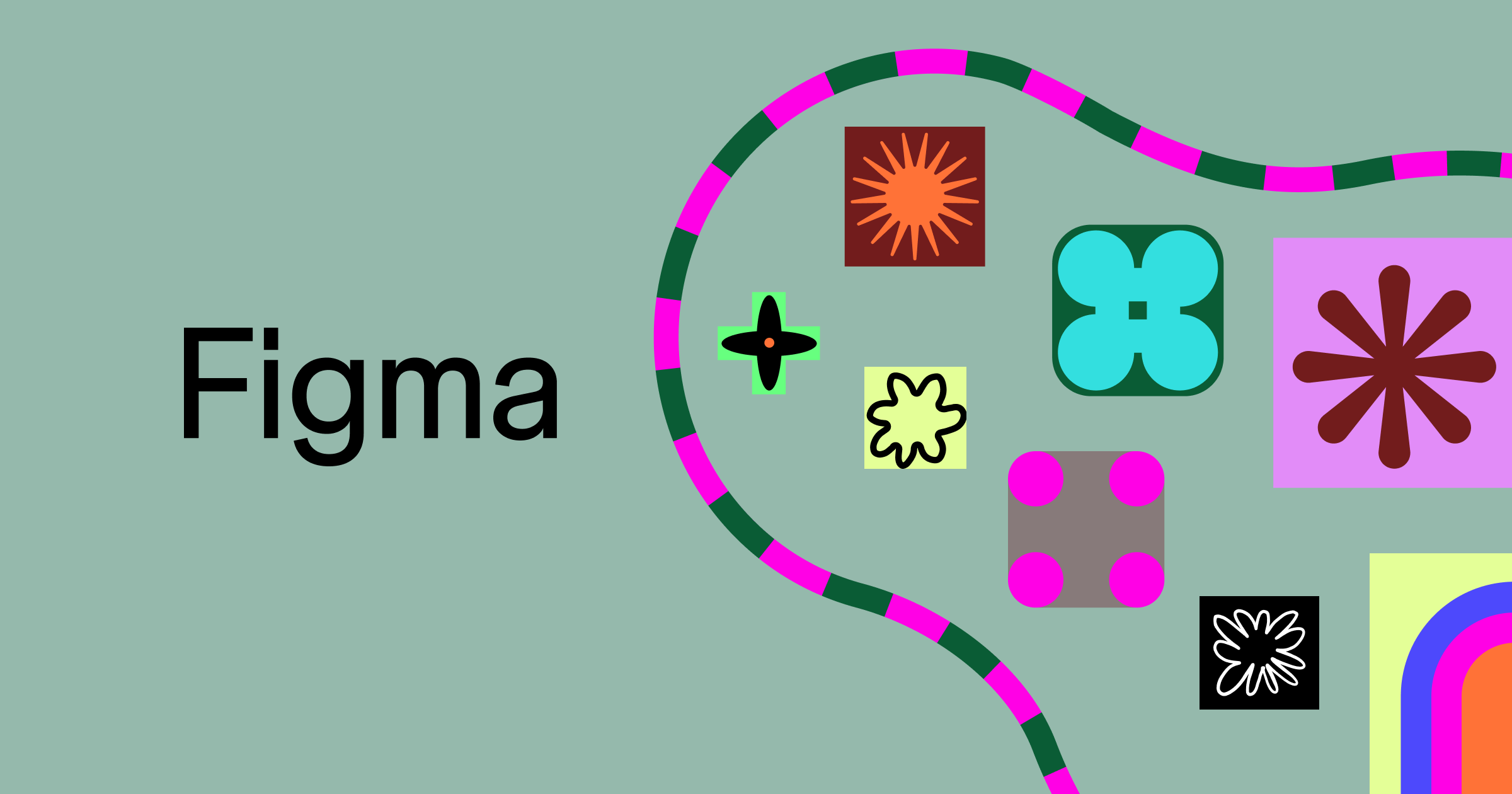Figma Is Just a Tool—Real UX Design Is About Problem-Solving
As a Design Director leading the Design System Team at a bank, I regularly review portfolios and interview candidates for UX roles. One of the biggest misconceptions I see is the belief that mastering Figma makes someone a great designer. It doesn’t.
Figma, like a pen, is just a tool. It doesn’t think for you, solve complex business problems, or help users navigate financial products more effectively. It’s a means to an end, not the end itself.
The real value of UX design—especially in an industry like banking, where trust, compliance, and efficiency are critical—goes far beyond knowing how to use design software.
What Companies Actually Look for in a UX Designer
Many aspiring designers focus too much on pixel perfection and UI aesthetics, but what truly matters is how well you solve problems. Here’s what we actually evaluate when hiring:
1. Problem-Solving (Not Just Creating Pretty Buttons)
A well-designed button means nothing if it doesn’t improve the user experience. The real question is:
Does it reduce friction?
Does it improve accessibility?
Does it guide users toward their goal?
Great designers don’t start by sketching UI elements—they start by deeply understanding the problem.
2. Understanding User Psychology (Not Just Mastering Auto-Layout)
UX is about human behavior. If you don’t understand your users—how they think, what they need, and where they struggle—your designs are just guesswork.
At a bank, for example, we design for customers who may be:
Managing money under stress
Navigating complex financial decisions
Unfamiliar with digital banking platforms
A designer who understands cognitive biases, decision-making patterns, and accessibility considerations will create far more effective designs than someone who only knows Figma’s latest features.
3. Business Thinking (Not Just Adding Drop Shadows)
Design isn’t just about aesthetics—it’s about impact. Every design decision should align with business goals, such as:
• Reducing customer support costs
• Increasing digital self-service adoption
• Enhancing trust and transparency in financial transactions
A designer who understands the business side of UX—revenue impact, regulatory constraints, and customer lifetime value—will always stand out.
4. Strategic Thinking (Not Just Building Component Libraries)
A well-structured design system is essential, but why are certain components included? How do they improve usability across products? What’s the ROI of a consistent design language?
Great designers don’t just build UI kits; they design systems that scale, ensuring efficiency across teams and consistency across touchpoints.
A Real Example: Why Some Portfolios Fail
I recently reviewed a candidate’s portfolio. It included:
✅ 7 Figma certificates
❌ Zero user research
❌ Zero problem-solving cases
❌ Zero business understanding
Despite being technically proficient, the candidate couldn’t demonstrate how they tackled a complex UX problem, how they validated their solutions, or what impact their designs had on users or business outcomes.
Would you trust a financial advisor who can use a calculator but doesn’t understand economics? Neither would I.
What It Actually Takes to Become a Strong UX Designer
You can learn Figma in three months. But real UX design takes years to master. It requires:
1. Understanding User Behavior
• Conducting usability testing, interviews, and surveys
• Identifying pain points through data and research
• Designing for real-world users, not just ideal scenarios
2. Design Thinking
• Framing the right problem before jumping to solutions
• Exploring multiple approaches instead of defaulting to obvious answers
• Iterating based on real user feedback
3. Measuring Business Impact
• Tracking KPIs like conversion rates, task success rates, and retention
• Understanding the financial implications of UX decisions
• Communicating design value in a way stakeholders understand
How the Best UX Designers Spend Their Time
Great designers don’t spend 90% of their time inside Figma. They allocate their efforts like this:
• 80% Understanding the problem (User research, stakeholder discussions, data analysis)
• 15% Sketching solutions (Low-fidelity wireframes, conceptual models)
• 5% in Figma (Final execution)
This approach ensures that design decisions are rooted in insight, not assumption.
If You Want to Be a Real UX Designer, Focus on What Matters
If your goal is to become a strong UX professional—especially in industries like banking, where trust, compliance, and efficiency matter—then shift your focus:
Instead of:
❌ Chasing Figma certifications
❌ Perfecting pixel alignment
❌ Adding unnecessary animations
Start:
✅ Learning user psychology and cognitive science
✅ Developing research and analytical skills
✅ Understanding business strategy and impact
Figma will always be there. The best UX designers think beyond the tool.
Would you hire someone with 7 Figma certificates but no problem-solving skills?
Neither would I.

